These private chateaux are often much better maintained than those open to the public. The two most impressive personal castles that I've seen so far around Chusclan are le chateau de Jonquier and le chateau de Montfaucon.
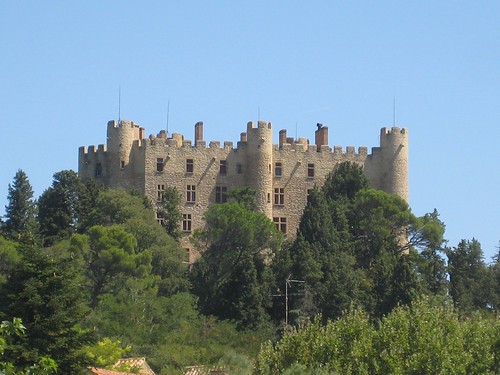



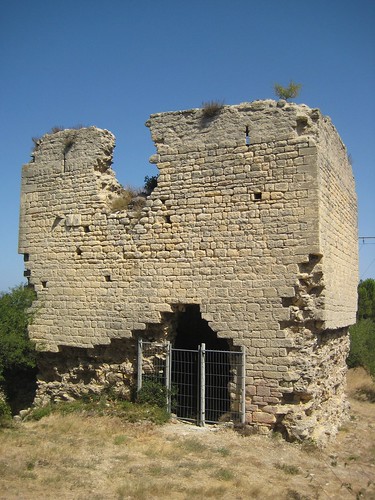
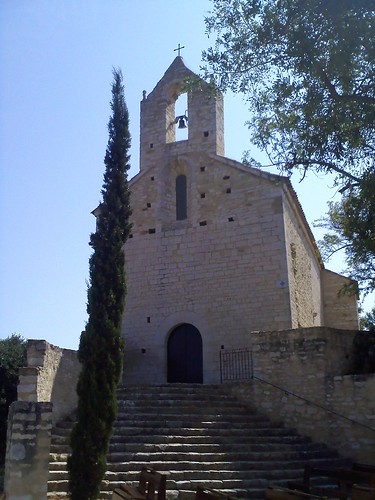


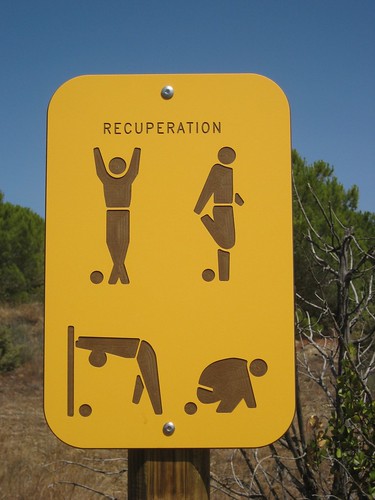
 I recently finished reading the book "Millennium," by Tom Holland. It chronicles the history of Europe from the slow decline of the Roman Empire up through the conquering of Jerusalem by Crusaders in 1098. From start to finish, I was riveted by the complex tangle of power, faith and tradition and how it all affected the outcome of history.
I recently finished reading the book "Millennium," by Tom Holland. It chronicles the history of Europe from the slow decline of the Roman Empire up through the conquering of Jerusalem by Crusaders in 1098. From start to finish, I was riveted by the complex tangle of power, faith and tradition and how it all affected the outcome of history.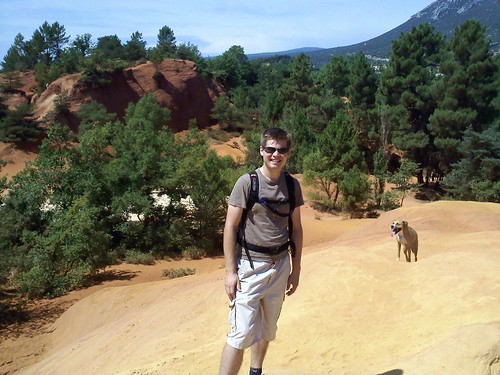
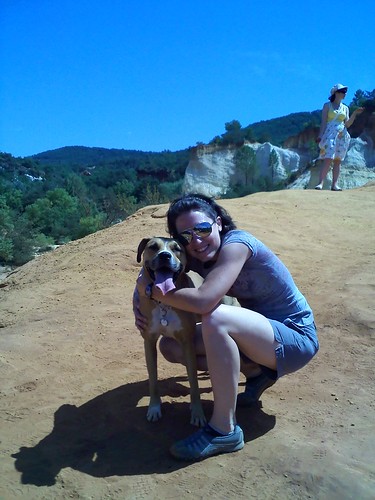 On the day that we arrived, the temperature was about 100ºF. Unfortunately, due to the high temperatures and dry conditions, the park service closed the two longer routes. Given the heat, though, this probably saved us from a long miserable hike. As it was, Roxy needed a cool-down break about half-way through the loop, aptly named "le Sahara." Without any though to self-conservation, she joyfully bounded up and down the narrow rocky ledges until she was overcome by the midday sun.
On the day that we arrived, the temperature was about 100ºF. Unfortunately, due to the high temperatures and dry conditions, the park service closed the two longer routes. Given the heat, though, this probably saved us from a long miserable hike. As it was, Roxy needed a cool-down break about half-way through the loop, aptly named "le Sahara." Without any though to self-conservation, she joyfully bounded up and down the narrow rocky ledges until she was overcome by the midday sun. Last night we went to the Pont du Gard for a night of music and dancing - not exactly the events that you would think of taking place at a 2,000 year-old aqueduct. However, it seemed like a really good chance to explore some nightlife while seeing the stone edifice in a whole new light, literally.
Last night we went to the Pont du Gard for a night of music and dancing - not exactly the events that you would think of taking place at a 2,000 year-old aqueduct. However, it seemed like a really good chance to explore some nightlife while seeing the stone edifice in a whole new light, literally.
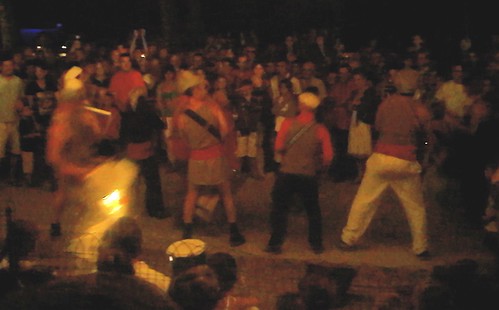
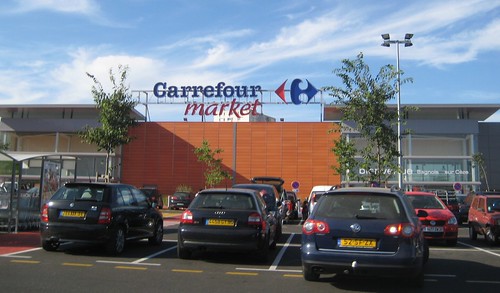
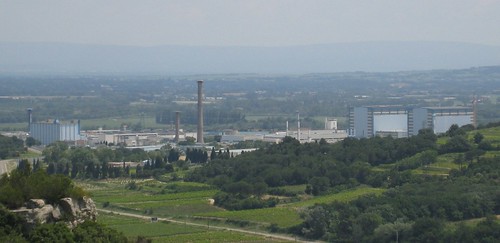
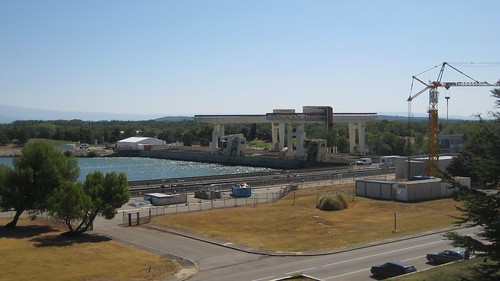
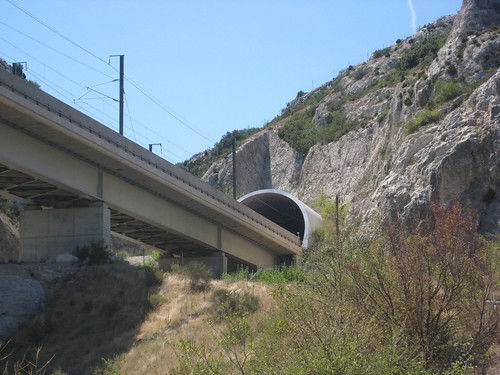

 The real star of the show is la campagne francaise. In between tasks, the contestants are escorted around the given region by helicopters. This results in some fantastic areal shots of chateaux, gorges, forests and quaint villages. On this past week's show, they even explored a Nazi bunker and rocket launching pad, la Coupole. The architecture is, I think, best described as retro-futuristic-concrete-military-monolith.
The real star of the show is la campagne francaise. In between tasks, the contestants are escorted around the given region by helicopters. This results in some fantastic areal shots of chateaux, gorges, forests and quaint villages. On this past week's show, they even explored a Nazi bunker and rocket launching pad, la Coupole. The architecture is, I think, best described as retro-futuristic-concrete-military-monolith.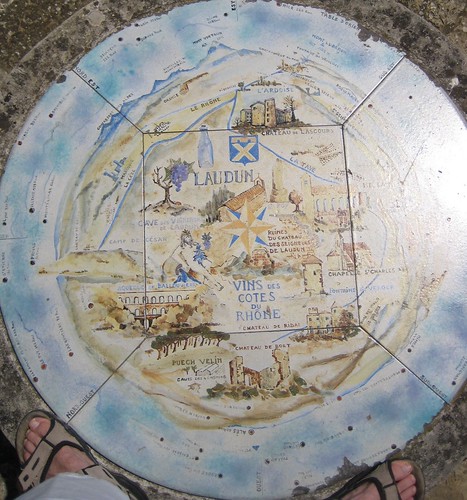
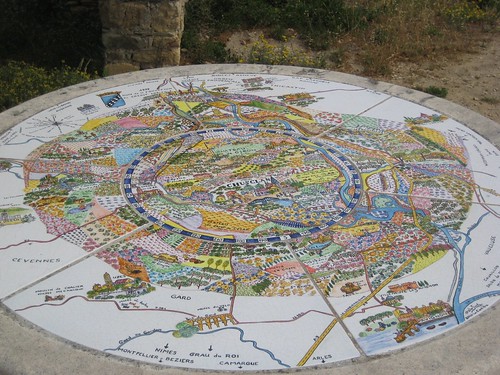

 Image via Wikipedia
Image via Wikipedia
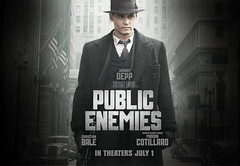 Image by louisvolant via Flickr
Image by louisvolant via Flickr
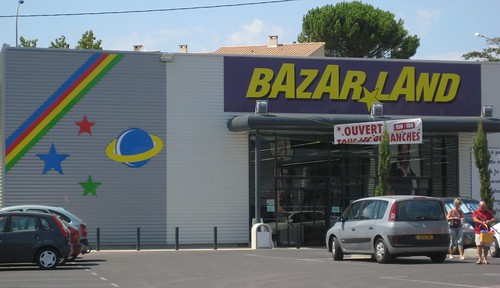
 Image via Wikipedia
Image via Wikipedia
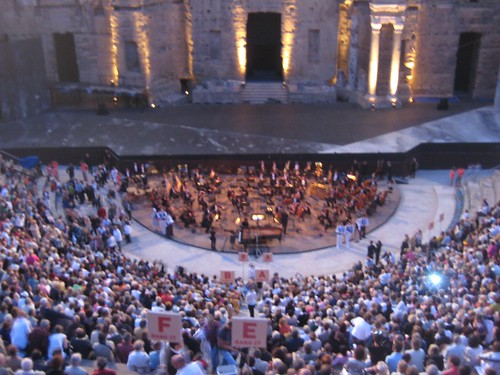
 Image by Guillaume Brialon via Flickr
Image by Guillaume Brialon via Flickr
 Image via Wikipedia
Image via Wikipedia
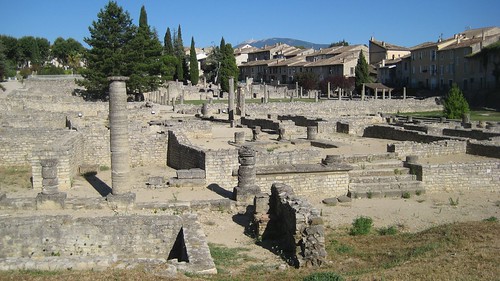
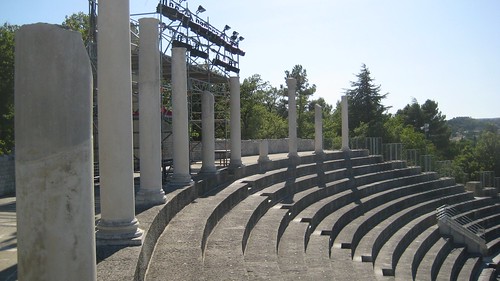
 Over time, however, the strength of the empire ebbed, under constant pressure from foes on all borders. In the ages following the fall of the Roman Empire, villagers moved into more defensible walled cities. Vaison-la-Romaine is also home to a walled medieval village. Standing tall on the highest rock outcropping within the city is an imposing citadel. Narrow cobble-stone streets wind gradually up to the masonry fortress.
Over time, however, the strength of the empire ebbed, under constant pressure from foes on all borders. In the ages following the fall of the Roman Empire, villagers moved into more defensible walled cities. Vaison-la-Romaine is also home to a walled medieval village. Standing tall on the highest rock outcropping within the city is an imposing citadel. Narrow cobble-stone streets wind gradually up to the masonry fortress.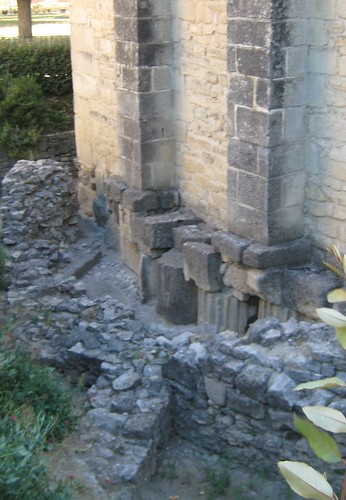 It's likely that much of the stone used to build the medieval city was mined from the ruins of the Roman structures. Excavations around the edge of a nearby church clearly show that Roman fluted column sections were used to create foundations for the church walls. The practice of recycling building materials is age old. It's clear that the medieval residents of the city has no qualms about historic preservation. However, later generations can be glad that they weren't more efficient in mining the Roman city.
It's likely that much of the stone used to build the medieval city was mined from the ruins of the Roman structures. Excavations around the edge of a nearby church clearly show that Roman fluted column sections were used to create foundations for the church walls. The practice of recycling building materials is age old. It's clear that the medieval residents of the city has no qualms about historic preservation. However, later generations can be glad that they weren't more efficient in mining the Roman city.